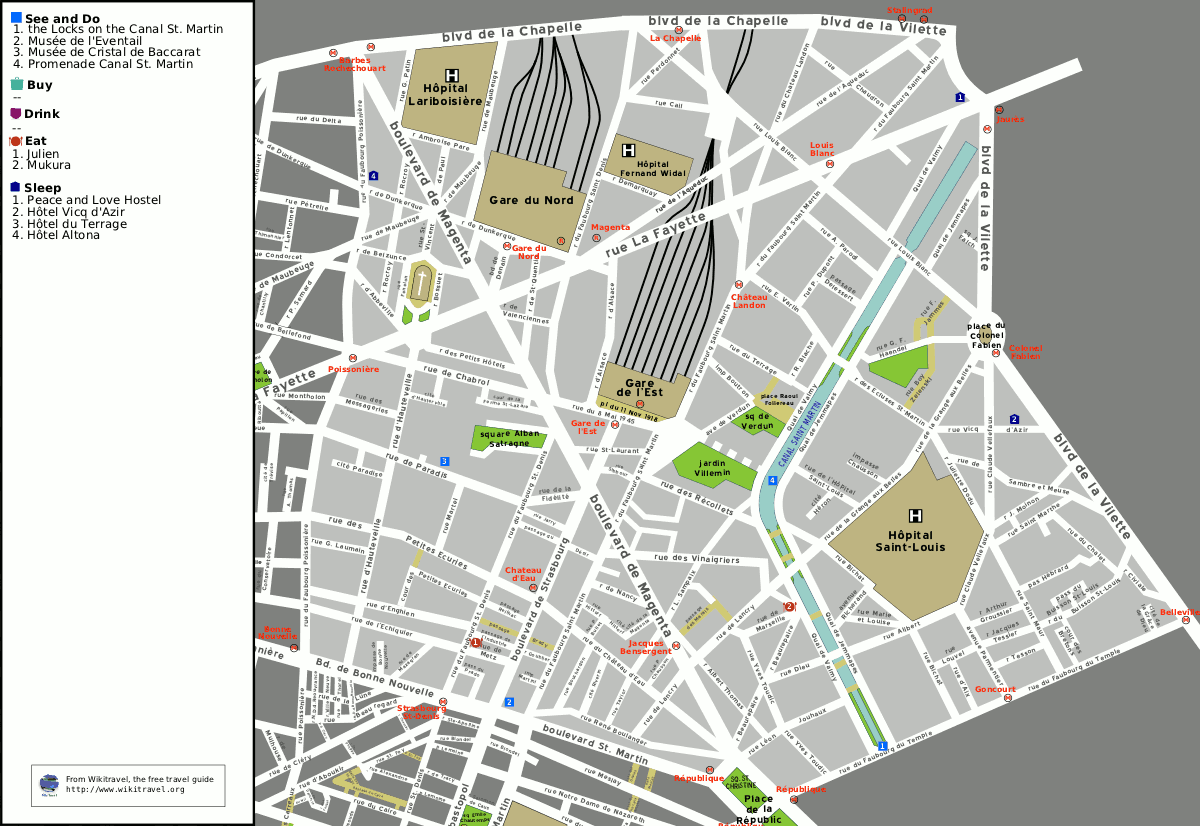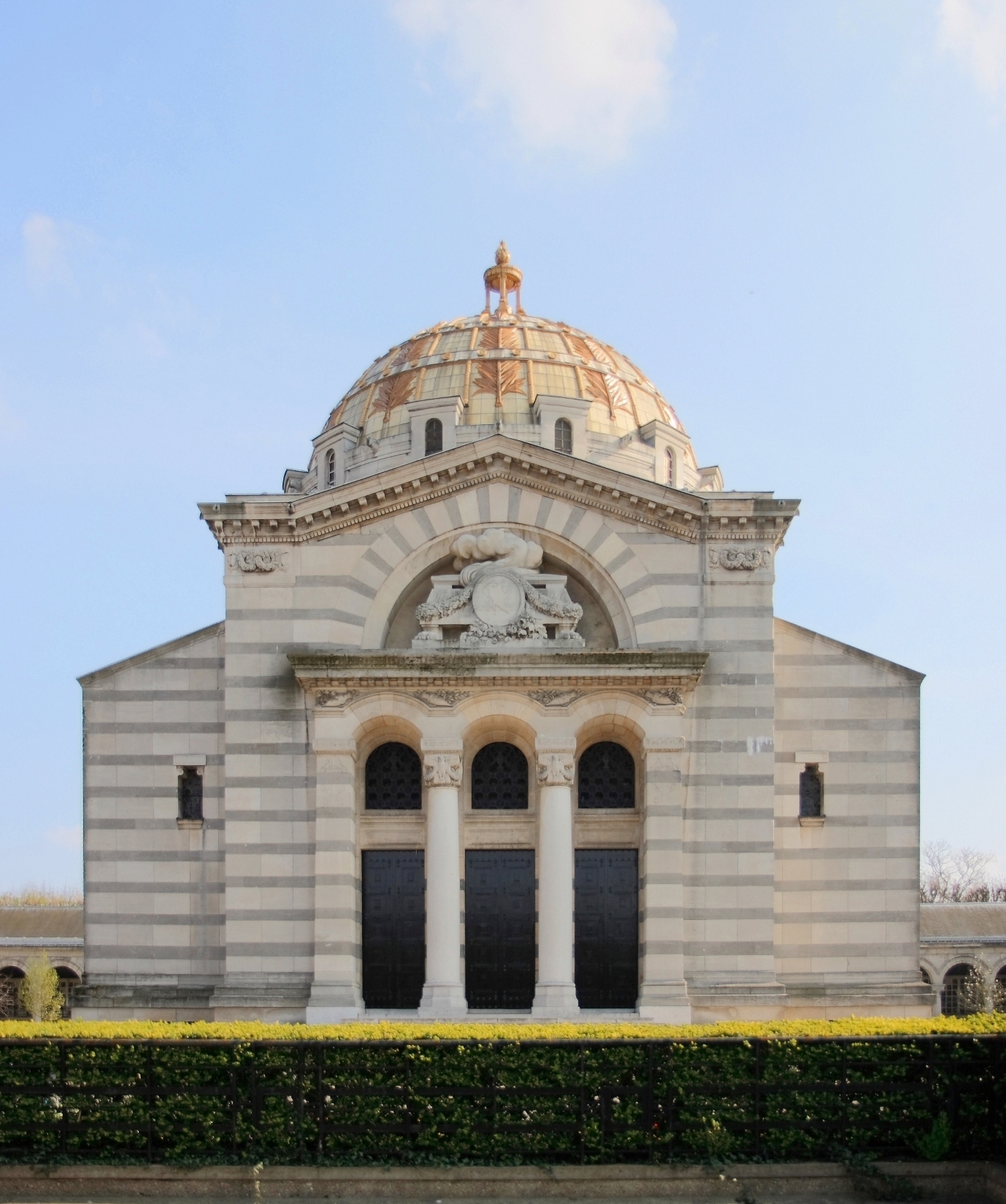|
Édouard Brisebarre
Edouard-Louis-Alexandre Brisebarre (Paris 12 February 1815 – 17 December 1871 10th arrondissement of ParisArchives numérisées de la Ville de Paris, état-civil du 10ème arrondissement, registre des décès de 1871, acte n° 8643, vue 9/3/ref>) was a 19th-century French playwright. Died aged 56, he was buried in the 71st division of the Père Lachaise Cemetery. Brief biography After he studied at the Lycée Charlemagne, Brisebarre worked as a clerk by a lawyer and obtained the post of tax collector, but was laid off almost immediately and became an actor. He didn't succeed either in that occupation and thus tried his hand at writing: He then immediately was acclaimed by the public with his enigma ''La fiole de Cagliostro'' (1835). Brisebarre composed more than a hundred pieces, mostly in collaboration with other authors: some dramas, but mostly vaudevilles where the situation comedy and words with double meanings often go alongside outright farce. Works Plays (selection): ... [...More Info...] [...Related Items...] OR: [Wikipedia] [Google] [Baidu] |
10th Arrondissement Of Paris
The 10th arrondissement of Paris (''Xe arrondissement'') is one of the 20 arrondissements of the capital city of France. In spoken French, this arrondissement is referred to as ''dixième'' ("10th arrondissement of Paris" = "dixième arrondissement de Paris"). The arrondissement, called Entrepôt (warehouse), is situated on the right bank of the River Seine. The arrondissement contains two of Paris's six main railway stations: the Gare du Nord and the Gare de l'Est. Built during the 19th century, these two termini are among the busiest in Europe. The 10th arrondissement also contains a large portion of the Canal Saint-Martin, linking the northeastern parts of Paris with the River Seine. Geography The land area of the arrondissement is 2.892 km2 (1.117 sq. miles, or 715 acres), and it had a 1999 population of 89,695. The 10th arrondissement is often referred to as ''l'Entrepôt''. Like all Parisian arrondissements, it is divided into four quartiers (districts):All demogra ... [...More Info...] [...Related Items...] OR: [Wikipedia] [Google] [Baidu] |
Père Lachaise Cemetery
Père Lachaise Cemetery (french: Cimetière du Père-Lachaise ; formerly , "East Cemetery") is the largest cemetery in Paris, France (). With more than 3.5 million visitors annually, it is the most visited necropolis in the world. Notable figures in the arts buried at Père Lachaise include Michel Ney, Frédéric Chopin, Émile Waldteufel, Édith Piaf, Marcel Proust, Georges Méliès, Marcel Marceau, Sarah Bernhardt, Oscar Wilde, Thierry Fortineau, J.R.D. Tata, Jim Morrison and Sir Richard Wallace. The Père Lachaise is located in the 20th arrondissement of Paris, 20th arrondissement and was the first garden cemetery, as well as the first municipal cemetery in Paris. It is also the site of three World War I memorials. The cemetery is located on the Boulevard de Ménilmontant. The Paris Métro station Philippe Auguste (Paris Métro), Philippe Auguste on Paris Métro Line 2, Line 2 is next to the main entrance, while the station Père Lachaise (Paris Métro), Père Lachaise, on both ... [...More Info...] [...Related Items...] OR: [Wikipedia] [Google] [Baidu] |
Lycée Charlemagne
The Lycée Charlemagne is located in the Marais quarter of the 4th arrondissement of Paris, the capital city of France. Constructed many centuries before it became a lycée, the building originally served as the home of the Order of the Jesuits. The lycée itself was founded by Napoléon Bonaparte and celebrated its bicentennial in 2004. The lycée is directly connected to the Collège Charlemagne (formerly known as ''le petit lycée'') which is located directly across from it, on the Rue Charlemagne. Also the lycée offers two-year courses preparing students for entry to the Grandes écoles, divided into seven classes: *three first-year classes: **two of mathematics, physics, and engineering science **one of physics, chemistry, and engineering science *four second-year classes: **two of mathematics and physics **two of physics and chemistry. History The school is associated with Charlemagne Middle School that is located just opposite it, on Rue Charlemagne, and is along ... [...More Info...] [...Related Items...] OR: [Wikipedia] [Google] [Baidu] |
Vaudeville
Vaudeville (; ) is a theatrical genre of variety entertainment born in France at the end of the 19th century. A vaudeville was originally a comedy without psychological or moral intentions, based on a comical situation: a dramatic composition or light poetry, interspersed with songs or ballets. It became popular in the United States and Canada from the early 1880s until the early 1930s, but the idea of vaudeville's theatre changed radically from its French antecedent. In some ways analogous to music hall from Victorian Britain, a typical North American vaudeville performance was made up of a series of separate, unrelated acts grouped together on a common bill. Types of acts have included popular and classical musicians, singers, dancers, comedians, trained animals, magicians, ventriloquists, strongmen, female and male impersonators, acrobats, clowns, illustrated songs, jugglers, one-act plays or scenes from plays, athletes, lecturing celebrities, minstrels, and movies. A ... [...More Info...] [...Related Items...] OR: [Wikipedia] [Google] [Baidu] |
Farce
Farce is a comedy that seeks to entertain an audience through situations that are highly exaggerated, extravagant, ridiculous, absurd, and improbable. Farce is also characterized by heavy use of physical humor; the use of deliberate absurdity or nonsense; satire, parody, and mockery of real-life situations, people, events, and interactions; unlikely and humorous instances of miscommunication; ludicrous, improbable, and exaggerated characters; and broadly stylized performances. Genre Despite involving absurd situations and characters, the genre generally maintains at least a slight degree of realism and narrative continuity within the context of the irrational or ludicrous situations, often distinguishing it from completely absurdist or fantastical genres. Farces are often episodic or short in duration, often being set in one specific location where all events occur. Farces have historically been performed for the stage and film. Historical context The term ''farce'' is deri ... [...More Info...] [...Related Items...] OR: [Wikipedia] [Google] [Baidu] |
Eugène Nyon
Eugène Nyon (16 March 1812 – 29 January 1870 Archives numérisées de la Ville de Paris, état-civil du 18ème arrondissement, registre des décès de 1870, acte n° 281, vue 6/3) was a French Vaudeville, vaudevillist and writer, particularly known for his historical novels and educational stories for young people. His most famous story is ''Le Colon de Mettray'', set in the Mettray Penal Colony. Eugène Nyon also collaborated with several magazines, including ''Revue pour tous'', under the name Amédée Achard, and the '' Journal des dames et des modes'', which he contributed Parisian chronicles under the name "Countess of Sabran" and of which he was the director for a time. In the theater, his most famous collaborator was Eugène Labiche. He is buried at Montmartre Cemetery (26th division). Works *1842: ''Les Pérégrinations, escapades et aventures de Claude La Ramée et de son cousin Labiche'', 1842 *1843: ''Les Dots'', nouvelles *1844: ''Les Dévouements'' *1844: ' ... [...More Info...] [...Related Items...] OR: [Wikipedia] [Google] [Baidu] |
19th-century French Dramatists And Playwrights
The 19th (nineteenth) century began on 1 January 1801 ( MDCCCI), and ended on 31 December 1900 ( MCM). The 19th century was the ninth century of the 2nd millennium. The 19th century was characterized by vast social upheaval. Slavery was abolished in much of Europe and the Americas. The First Industrial Revolution, though it began in the late 18th century, expanding beyond its British homeland for the first time during this century, particularly remaking the economies and societies of the Low Countries, the Rhineland, Northern Italy, and the Northeastern United States. A few decades later, the Second Industrial Revolution led to ever more massive urbanization and much higher levels of productivity, profit, and prosperity, a pattern that continued into the 20th century. The Islamic gunpowder empires fell into decline and European imperialism brought much of South Asia, Southeast Asia, and almost all of Africa under colonial rule. It was also marked by the collapse of the la ... [...More Info...] [...Related Items...] OR: [Wikipedia] [Google] [Baidu] |
French Opera Librettists
French (french: français(e), link=no) may refer to: * Something of, from, or related to France ** French language, which originated in France, and its various dialects and accents ** French people, a nation and ethnic group identified with France ** French cuisine, cooking traditions and practices Fortnite French places Arts and media * The French (band), a British rock band * "French" (episode), a live-action episode of ''The Super Mario Bros. Super Show!'' * ''Française'' (film), 2008 * French Stewart (born 1964), American actor Other uses * French (surname), a surname (including a list of people with the name) * French (tunic), a particular type of military jacket or tunic used in the Russian Empire and Soviet Union * French's, an American brand of mustard condiment * French catheter scale, a unit of measurement of diameter * French Defence, a chess opening * French kiss, a type of kiss involving the tongue See also * France (other) * Franch, a surname * Frenc ... [...More Info...] [...Related Items...] OR: [Wikipedia] [Google] [Baidu] |
Writers From Paris
A writer is a person who uses written words in different writing styles and techniques to communicate ideas. Writers produce different forms of literary art and creative writing such as novels, short stories, books, poetry, travelogues, plays, screenplays, teleplays, songs, and essays as well as other reports and news articles that may be of interest to the general public. Writers' texts are published across a wide range of media. Skilled writers who are able to use language to express ideas well, often contribute significantly to the cultural content of a society. The term "writer" is also used elsewhere in the arts and music, such as songwriter or a screenwriter, but also a stand-alone "writer" typically refers to the creation of written language. Some writers work from an oral tradition. Writers can produce material across a number of genres, fictional or non-fictional. Other writers use multiple media such as graphics or illustration to enhance the communication o ... [...More Info...] [...Related Items...] OR: [Wikipedia] [Google] [Baidu] |
1815 Births
Events January * January 2 – Lord Byron marries Anna Isabella Milbanke in Seaham, county of Durham, England. * January 3 – Austria, Britain, and Bourbon-restored France form a secret defensive alliance treaty against Prussia and Russia. * January 8 – Battle of New Orleans: American forces led by Andrew Jackson defeat British forces led by Sir Edward Pakenham. American forces suffer around 60 casualties and the British lose about 2,000 (the battle lasts for about 30 minutes). * January 13 – War of 1812: British troops capture Fort Peter in St. Marys, Georgia, the only battle of the war to take place in the state. * January 15 – War of 1812: Capture of USS ''President'' – American frigate , commanded by Commodore Stephen Decatur, is captured by a squadron of four British frigates. February * February – The Hartford Convention arrives in Washington, D.C. * February 3 – The first commercial cheese factory is founded in S ... [...More Info...] [...Related Items...] OR: [Wikipedia] [Google] [Baidu] |
1871 Deaths
Events January–March * January 3 – Franco-Prussian War – Battle of Bapaume (1871), Battle of Bapaume: Prussians win a strategic victory. * January 18 – Proclamation of the German Empire: The member states of the North German Confederation and the south German states, aside from Austria, unite into a single nation state, known as the German Empire. The King of Prussia is declared the first German Emperor as Wilhelm I of Germany, in the Hall of Mirrors at the Palace of Versailles. Constitution of the German Confederation (1871), Constitution of the German Confederation comes into effect. It abolishes all restrictions on Jewish marriage, choice of occupation, place of residence, and property ownership, but exclusion from government employment and discrimination in social relations remain in effect. * January 21 – Giuseppe Garibaldi's group of French and Italian volunteer troops, in support of the French Third Republic, win a battle against the Prussians in the Bat ... [...More Info...] [...Related Items...] OR: [Wikipedia] [Google] [Baidu] |



.jpg)



_(LOC)_-_Flickr_-_The_Library_of_Congress.jpg)